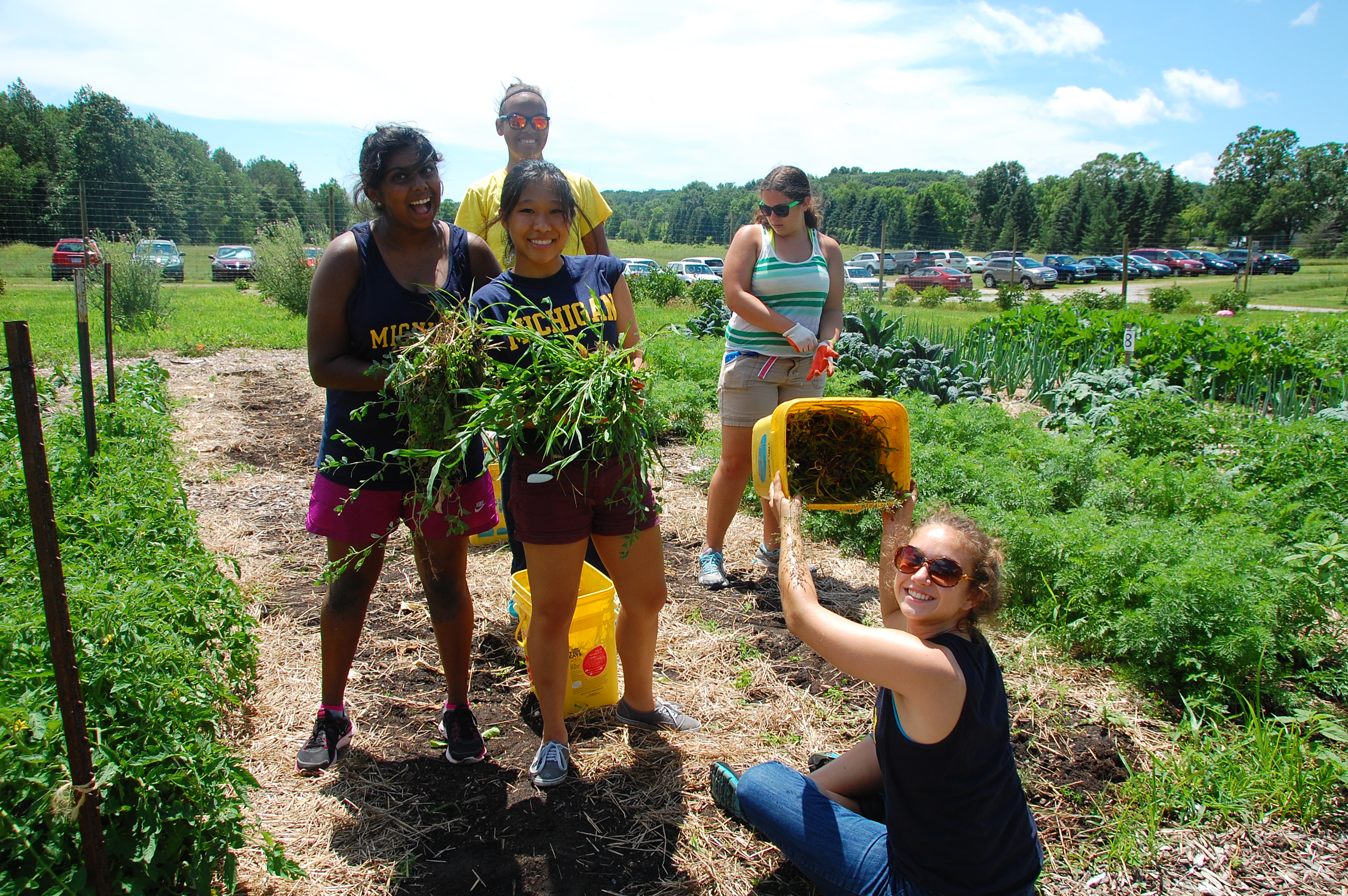Observing Life Cycles: A Student's Guide To Campus Farm Animals

Table of Contents
Common Campus Farm Animals and Their Life Cycles
Many college and university campuses boast thriving farm programs, providing a fantastic opportunity for students to observe animal life cycles up close. Common campus farm animals include chickens, rabbits, sheep, goats, and occasionally pigs or cows. Let's delve into the life cycles of some of the most frequently encountered species.
The Chicken Life Cycle
The chicken life cycle is a relatively quick and easily observable process. It begins with the egg, a marvel of nature containing all the necessary components for the development of a chick.
- Egg Stage: The egg incubation period lasts approximately 21 days. During this time, you can observe the gradual development of the embryo inside the egg using an ovoscope (if available).
- Chick Stage: Once hatched, the chick is entirely dependent on its mother hen for warmth and food. Observe the rapid growth of the chick, noting the development of downy feathers and then the gradual growth of its adult plumage.
- Pullet Stage: As the chick matures into a pullet (a young hen), it will develop its adult features, including its comb and wattles. You can observe changes in its behaviour, becoming more independent and mobile.
- Hen (or Rooster) Stage: Adult hens begin laying eggs, marking the completion of their life cycle. Roosters, on the other hand, play a crucial role in reproduction.
Key observations students can make at each stage:
- Observe chick growth and feather development.
- Note the change in behavior as hens mature.
- Compare the physical characteristics of roosters and hens.
- Observe egg-laying frequency and egg size variations.
The Rabbit Life Cycle
Rabbits, with their prolific breeding capabilities, offer another fascinating life cycle to observe.
- Kit Stage: Newly born rabbits, called kits, are born blind and hairless. They are entirely dependent on their mother for survival.
- Juvenile Stage: As the kits mature, they develop fur and gradually become more active. Weaning starts around 4-6 weeks of age.
- Adult Stage: Once fully mature, rabbits reach sexual maturity and can reproduce.
Key observations students can make at each stage:
- Observe the growth of kits and their dependence on the mother.
- Note the development of fur and independent feeding.
- Observe the rabbit's social interactions within the colony.
- Note the gestation period (approximately 30 days) and litter size.
Sheep and Goat Life Cycles
Sheep and goats share many similarities in their life cycles, making them excellent subjects for comparative observation.
- Lamb/Kid Stage: Newborn sheep (lambs) and goats (kids) are immediately reliant on their mothers for milk.
- Yearling Stage: As they grow, they develop their characteristic wool (sheep) or hair (goats) and become increasingly independent.
- Adult Stage: Adult sheep and goats reach sexual maturity and participate in breeding.
Key observations students can make at each stage:
- Observe the mother-young bond.
- Note the development of wool/hair.
- Observe grazing and social behavior.
- Compare the physical characteristics of sheep and goats.
Other Potential Campus Farm Animals
Depending on the specific campus farm, you might also encounter pigs, cows, or other livestock. The key is to focus on the main stages of their life cycle: birth, growth, maturity, and reproduction. Remember to consult your campus farm's resources for specific information on these animals.
Ethical Considerations and Responsible Observation
Observing campus farm animals is a privilege that comes with responsibilities. Ethical and respectful observation is paramount. Remember that these are living creatures with their own needs and sensitivities.
- Maintain a safe distance: Avoid getting too close, as this could stress the animals.
- Avoid loud noises or sudden movements: These can startle and frighten the animals.
- Follow campus guidelines and farm rules: Adhere strictly to any regulations set by the campus farm.
- Report any signs of illness or distress: Inform the farm staff immediately if you observe any animals exhibiting signs of illness or distress.
By following these guidelines, you can ensure a positive and enriching experience for both yourself and the animals.
Educational Resources and Further Learning
To enhance your understanding of campus farm animals and their life cycles, utilize the following resources:
- Campus farm website or contact information: Your campus farm likely has a website or contact details for staff who can answer your questions.
- Relevant academic journals or articles: Search online databases for research papers on animal husbandry and life cycles.
- Online resources on animal husbandry and life cycles: Many reputable websites offer information on animal care and life cycle stages.
- Opportunities for volunteering at the campus farm: Volunteering offers firsthand experience and a deeper connection with the animals.
Conclusion
Observing the life cycles of campus farm animals offers students a unique opportunity to connect with nature and gain a deeper understanding of biology and animal husbandry. By following ethical guidelines and utilizing available resources, students can enrich their learning experience and contribute to a more sustainable and compassionate approach to animal care. Continue your exploration of the fascinating world of campus farm animals and deepen your understanding of their life cycles!

Featured Posts
-
 Sabalenka Falls To Ostapenko In Stuttgart Open Final
May 13, 2025
Sabalenka Falls To Ostapenko In Stuttgart Open Final
May 13, 2025 -
 Mosque In Muslim Megacity Issues Statement Following Police Inquiry
May 13, 2025
Mosque In Muslim Megacity Issues Statement Following Police Inquiry
May 13, 2025 -
 Families Plight The Ongoing Nightmare Of The Gaza Hostage Crisis
May 13, 2025
Families Plight The Ongoing Nightmare Of The Gaza Hostage Crisis
May 13, 2025 -
 Sam Elliott Joins Landman Season 2 Cast Official Report
May 13, 2025
Sam Elliott Joins Landman Season 2 Cast Official Report
May 13, 2025 -
 2024 Hit The Road Drax Became A Protest Anthem
May 13, 2025
2024 Hit The Road Drax Became A Protest Anthem
May 13, 2025
